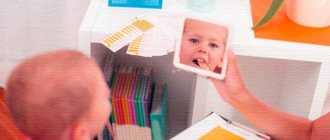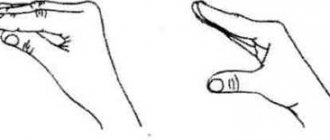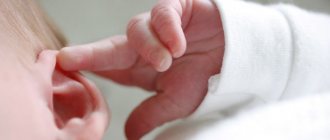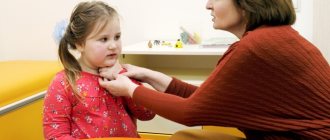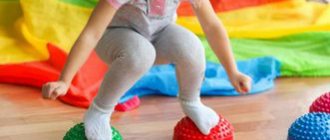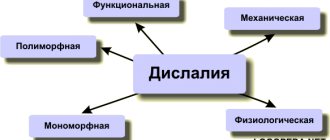Speech therapy diagnostics of preschool children
Speech therapy diagnostics consists of the following:
- Filling out the medical history card by the teacher and parents;
- Examination of the child’s fine, general and articulatory motor skills;
- Studying the volume of vocabulary (passive - understood, and active - pronounced) of the baby;
- Checking the state of grammatical structure, phonemic processes (perception, analysis and synthesis of sounds) and coherent speech.
Akimenko speech examination technique
In modern kindergartens, V. M. Akimenko’s technique is used for speech therapy examination of children with speech disorders. This is an automatic computer program that conducts testing and processes the received data. Diagnostics is carried out in 15 main sections, includes tasks for children, detailed instructions and methodological materials for a speech therapist.
Additional Information! After testing, the program allows you to make a speech therapy conclusion, make an accurate diagnosis of a speech disorder and outline the process of correctional work.
Study of the state of phonemic perception
The state of phonemic awareness is tested by playing "Parrot". The baby is given the task of repeating two sounds: ka - ga; pa - ba; ba - on. Then a complication occurs - you need to repeat not the sounds, but the words: bowl - bear, varnish - cancer.
Checking compliance with the pattern and sound-syllable structure of the word
Compliance with the pattern is the order of reproduction of syllables in a word. A preschooler can “cut off” difficult-to-pronounce sounds in his speech (ka - mouse), or rearrange them (barelina - ballerina). When examining five-year-old preschoolers, you can use words consisting of 3-4 syllables, as well as materials with a combination of consonants.
Study of pronunciation and speech production
The study of pronunciation and speech production includes:
- study of the articulatory apparatus and articulatory motor skills;
- state of sound pronunciation;
- reproduction of individual sounds and words, as well as coherent speech.
In the methodology for examining the articulatory apparatus, special attention is paid to the organs of articulation: tongue (long, short); teeth; soft palate (gothic, high, normal); lips (normal, cleft lip, thin, thick). Articulatory motor skills play an important role in pronunciation. Basic exercises: tongue with a spatula and a needle, puff out your cheeks, smile and make a straw with your lips.
Complex of articulation gymnastics for children 4-5 years old in the middle group
Speech therapy diagnostics carried out for children 3-4 years old include a large number of exercises performed by imitation - the speech therapist shows them and then performs them together with the child. In older preschool age, preschoolers perform tasks from memory and only practice new exercises with an imitation teacher (however, they should not be included in the speech therapy examination).
Additional Information! The state of pronunciation and speech reproduction is checked using pictures using the task method: “Show me where...”. There should be a lot of picture material for every sound and syllable.

